
Between Performance and Poetics - The Power of IGAs in Design
Optimisation has always had a bit of an identity crisis in creative disciplines. On one hand, it promises efficiency, performance, and precision. On the other hand, it often seems at odds with the emotional and intuitive qualities we associate with art, architecture, and design - the poetics of space, form, and experience.
But what if optimisation didn’t have to mean compromise?
What if, instead of reducing architecture to numbers, we could invite the algorithm into our creative process - not to take control, but to co-evolve with us?

Writing the Algorithmic Narrative
Architects have long relied on drawings, models, and words to communicate their ideas. But today, much of architecture unfolds in a space that resists easy visualisation or narration: the algorithmic layer. As computation becomes central to design, a new challenge emerges - how do we talk about, draw, and critique code-driven processes?
This post explores the art of narrating algorithmic design - not just for fellow coders or technologists, but for a broader audience who still expects architecture to tell a story.

Can Code Be Beautiful?
In the age of digital design, architecture is no longer drawn - it’s computed. Behind the curves, grids, and surfaces we see in contemporary buildings lies a hidden layer: code. But while code has become an indispensable design material, can it also be a medium for beauty?
This post explores the aesthetic dimension of computation - not just as a means to an end, but as a generator of form, feeling, and even poetry.

Will Evolutionary Processes Replace Human Designers?
The rise of evolutionary algorithms in design has sparked an ongoing debate: will they eventually replace human designers? The short answer is - no. The real aim behind these computational tools isn’t substitution, but augmentation.
Evolutionary algorithms are designed to support human creativity, not override it. They help us navigate complex problem spaces by expanding the range of possibilities, reducing the risk of settling too early on a single idea. Where a designer might fixate on a narrow set of options, these algorithms present diverse, sometimes unexpected alternatives, encouraging broader exploration.
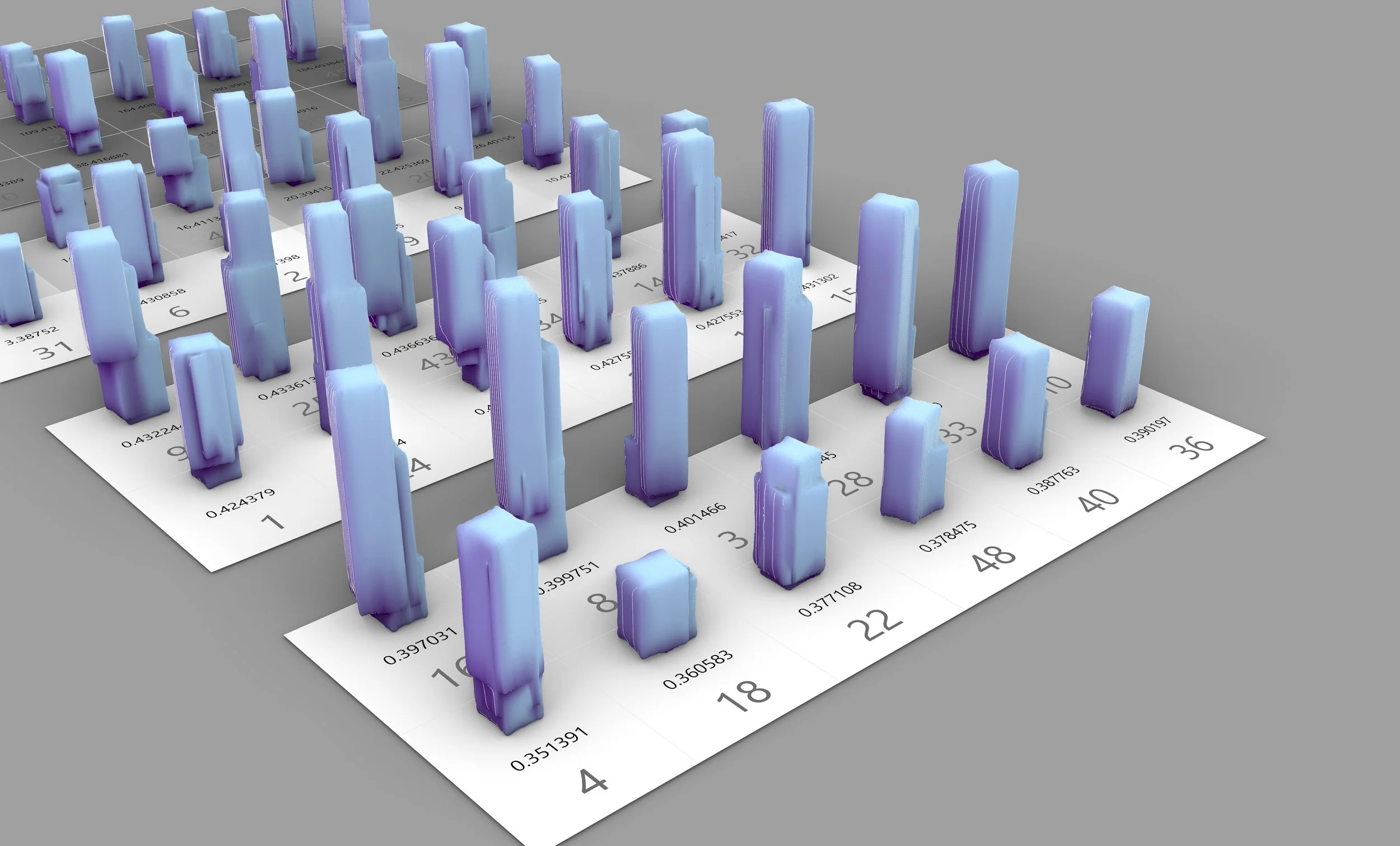
Computational Tools for Ecological Design
If ecological architecture is about designing with nature - not just borrowing from its aesthetics but engaging its intelligence - then computational tools are becoming the translator. They allow us to simulate, test, and refine designs in ways that align more closely with the principles of ecological systems: adaptability, feedback, interdependence, and performance.
Before anything is built, these tools allow us to ask: How will this form behave? How does it respond to its environment? Can it evolve, adapt, and regenerate?
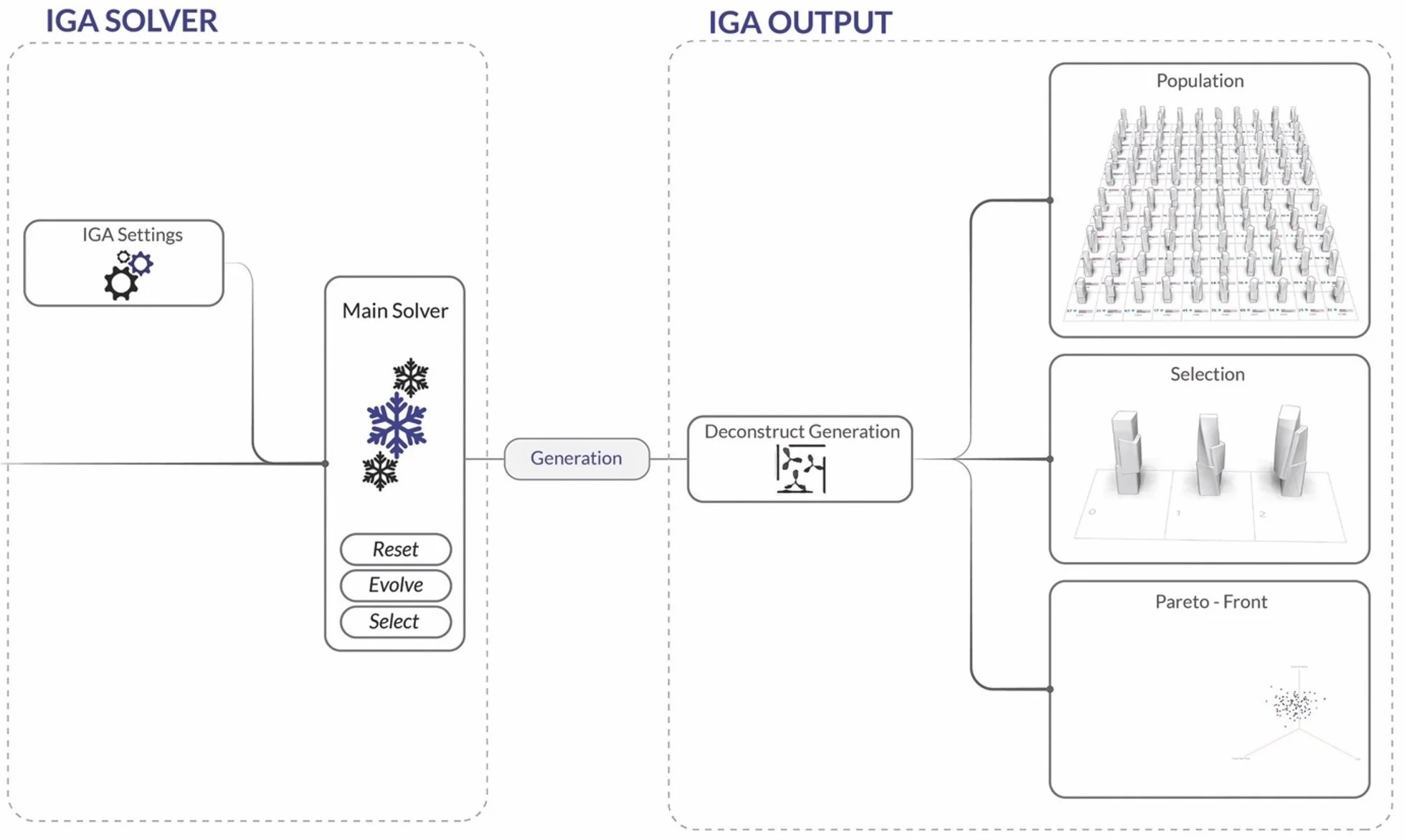
IGAs in Architecture and Design: Enter Snowflake
Today, computational design environments - like Grasshopper for Rhino - enable architects and designers to create complex systems of parameters and relationships. You’re not just drawing lines or shapes; you’re defining rules and behaviours that generate form. This is the foundation of parametric design.
But while parametric tools let us define ‘how’ things behave, they don’t help us decide ‘what’ is good. That’s where optimisation tools come in. And when it comes to subjective or hard-to-quantify goals, this is where IGAs truly shine.
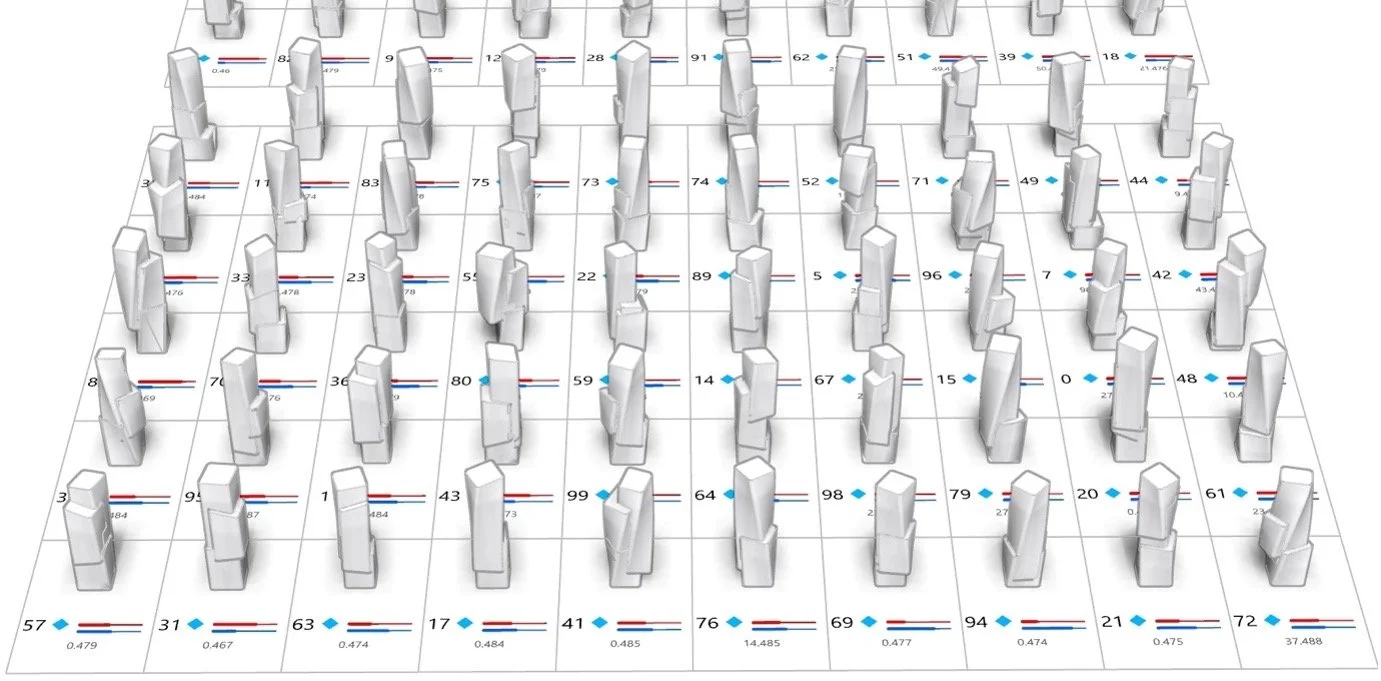
Introduction to Interactive Genetic Algorithms (IGAs)
As I’ve touched on in earlier posts, evolutionary algorithms are inspired by the logic of natural selection: selecting, combining, and mutating solutions over generations to solve problems. Since the 1980s, Genetic Algorithms (GAs) have been widely used for optimisation and classification tasks, excelling particularly in fields where goals can be clearly defined and measured with numerical fitness values.
But here’s the catch: that clarity breaks down when we shift into creative domains like design, architecture, art, or music. These are spaces where subjective judgment, such as taste, intuition, and aesthetic feeling, plays a crucial role. And that’s where traditional GAs reach their limit. How do you assign a fitness score to a beautiful sketch? Or rank the poetic resonance or the appealing proportion of a form? You can’t. Not objectively, anyway.
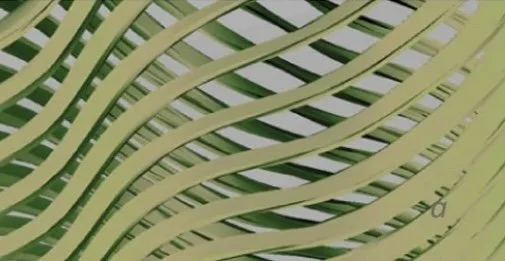
Natural Selection vs Artificial Selection
When we talk about evolutionary design, it’s important to distinguish between two core mechanisms: natural selection and artificial selection.
Natural selection, as used in evolutionary algorithms, refers to a computational process that automatically favours solutions which best meet a set of predefined, measurable criteria - like minimising structural stress, maximising solar gain, or optimising material efficiency. It’s an objective-driven method, where the system evolves by continuously selecting the fittest individuals, generation after generation.

Does Nature Optimise?
One common misconception is the idea that evolution is a problem-solving or optimising mechanism. It is essential to clarify that nature doesn’t optimise in the way we often assume. Evolution is not an engineering process, iterating toward perfection. Instead, it operates through redundancy, variation, and survival. Success in nature isn’t about finding the ‘perfect’ solution; it’s about finding a solution that works well enough to survive, adapt, and pass on genes to the next generation.
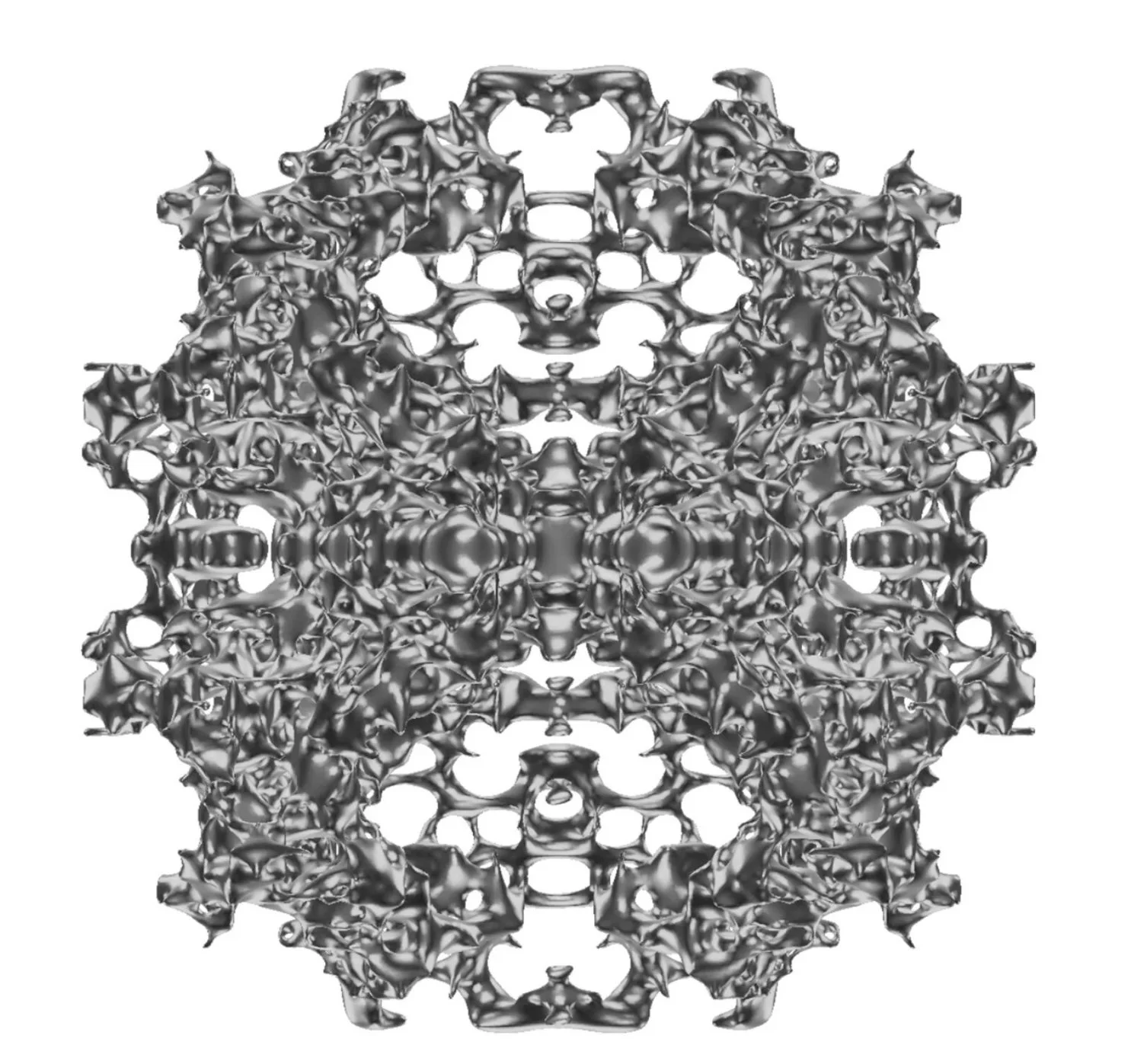
Designing in the Loop, Co-evolutionary Design
In recent architectural discourse, the analogy between biological systems and computational design processes has served as a provocative conceptual framework. While such analogies are often useful for framing ideas, they can easily lapse into rhetorical flourishes lacking epistemological rigour. A more productive pathway emerges when these analogies are operationalised as methodologies rather than metaphors. This article focuses on the concept of co-evolutionary design, where designers and computational systems engage in a mutual, adaptive design process inspired by, but not limited to, biological co-evolution.

Evolutionary Algorithms and the Biological Analogy
The discourse around evolutionary algorithms (EAs) in architecture often leans heavily on the assumption that these algorithms replicate nature. At first glance, it’s an appealing notion - designs emerging shaped by unseen forces. But such framing risks misunderstanding what these algorithms actually do.
In reality, evolutionary algorithms are mathematical models that simulate specific behaviours observed in biological systems. They are inspired by the principles of natural evolution such as adaptation, natural selection, crossover and mutation, but they aren’t evolutionary in a biological sense.

My Connection with Parametric Design
My journey into parametric and generative design, especially through tools like Grasshopper, stems from a lifelong curiosity about how nature organises itself. I’ve always been captivated by self-organising systems, whether in materials, biology, or the larger ecological and cultural patterns that shape our world.
From the sculpting of sand dunes by the wind, to the rhythmic pulse of waves, the delicate morphologies of clouds, or the elegant simplicity of a soap bubble, these phenomena echo deeper patterns. Even the spiral arrangement of leaves around a stem reveals an underlying order that feels both organic and mathematical. This curiosity extends beyond nature to the built environment: to the cultural, societal, and behavioural forces that influence how we shape and inhabit space.

My Architectural Narrative
Ever since I began studying architecture, I’ve experienced a tension between two drives pulling me in two opposing directions, shaping the way I see the world.
On one side was the classical foundation of architectural education, rooted in Vitruvius’ triad: Firmitas (strength), Utilitas (function), and Venustas (beauty). I tried to connect with this lineage, to embrace the orthodoxy of form, function, and formal beauty.
On the other side was something deeply personal: my inherited love for science, mathematics, and natural systems. I was fascinated not only by nature’s forms but also the hidden logic behind their formation - the algorithms, patterns, and self-organising structures that give rise to complexity and coherence. I saw beauty not as an aesthetic finish, but as an emergent property of systems. The rigid lines and rectilinear forms of traditional architecture often felt disconnected from the elegance I saw in nature’s asymmetry, fluidity, and subtle order. This dissonance created an internal struggle, an uneasiness that stayed with me for years.